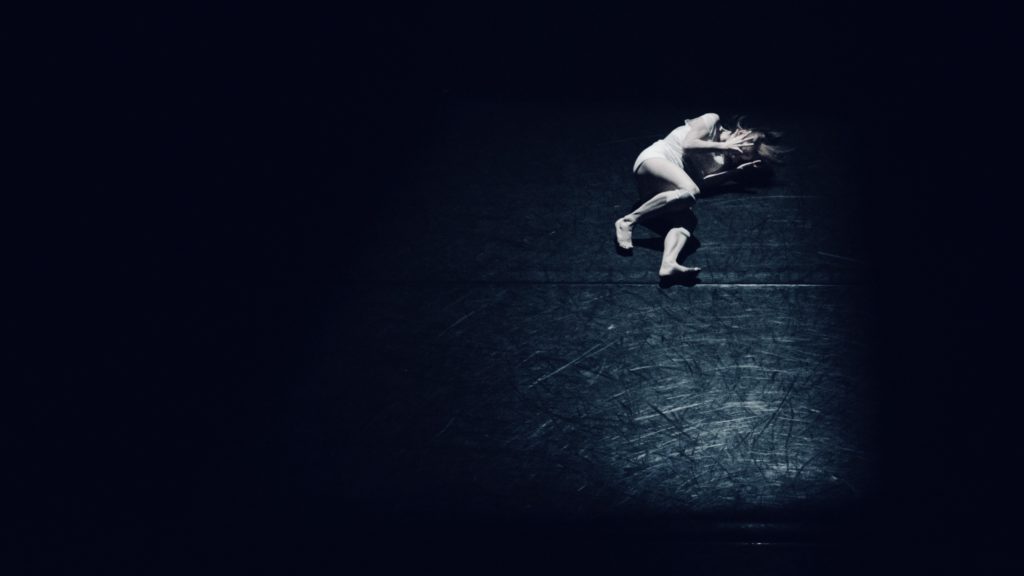
Moral distress, according to the authors, occurs when a doctor believes they know the right thing to do but institutional constraints make it hard to follow through. Unresolved moral distress leaves moral residue.
As a full-time clinician I can confirm that moral distress is real. I experience this. While our ability as physicians to ‘do the right thing’ has come with its own generational challenges, I suspect the constraints of modern medicine exceed the pressure felt by earlier generations of physicians.
Every burnout theorist has a pet theory
Recognizing moral distress as an upstream element of burnout is important. But positioning the moral trifecta (moral distress, moral injury and moral residue) as central to the experience of burnout is as shortsighted as seeing the EHR as the root of the problem.
The fact that a CT scanner is better than a surgeon at identifying appendicitis is not related to moral distress. Our adjustment to a doctor-patient relationship disrupted by the empowered patient should not involve moral injury. Exponential information and knowledge growth that exceeds what we can fathom as humans does not involve any kind of moral residue.
I could go on an on with examples of a world changing faster than our ability to adjust.
And to be clear, there is no shortage of moral dilemmas. And yes, EHRs need a radical redesign. But all of these issues when taken by independently constitute the pet theories of burnout. Every burnout theorist has a pet theory.
Positioning moral distress as central to burnout is a mistake
However we chose to characterize it, the detached experience of the 20th century physician results from a confluence of social, economic and technological factors. These factors conspire to create a subjective experience that, to date, has not been adequately characterized.
I have no doubt that the moral trifecta is a piece of the burnout equation. But positioning it as the defining element is a mistake.
If you like this post you might like the 33 charts Burnout Archives. It’s everything written here about burnout. In fact, every post has tags that sit just below that help you find related stuff. Happy reading!
Image via Unsplash